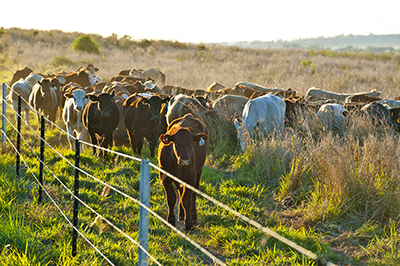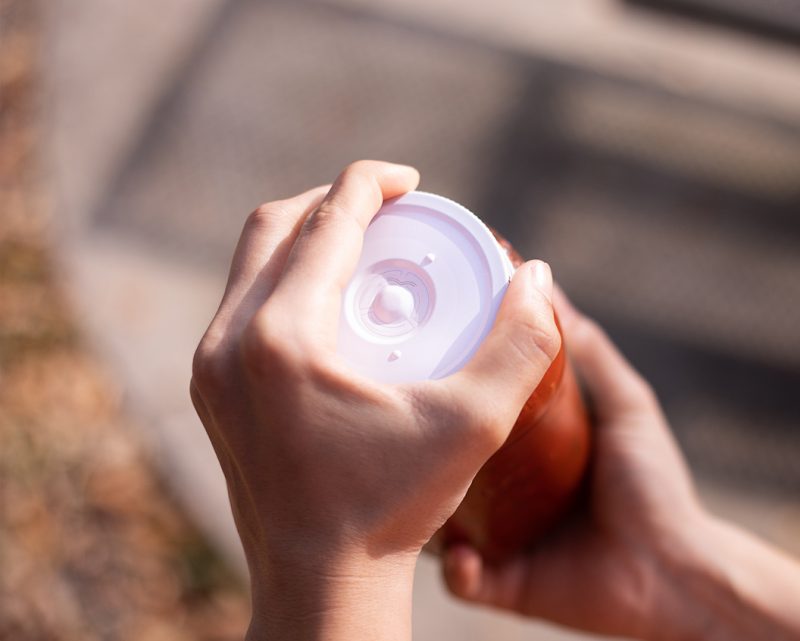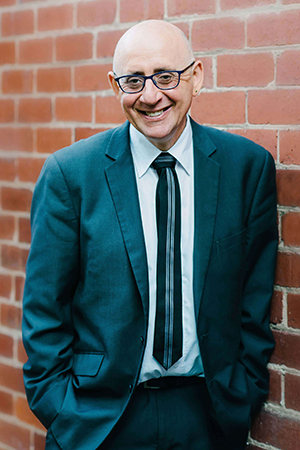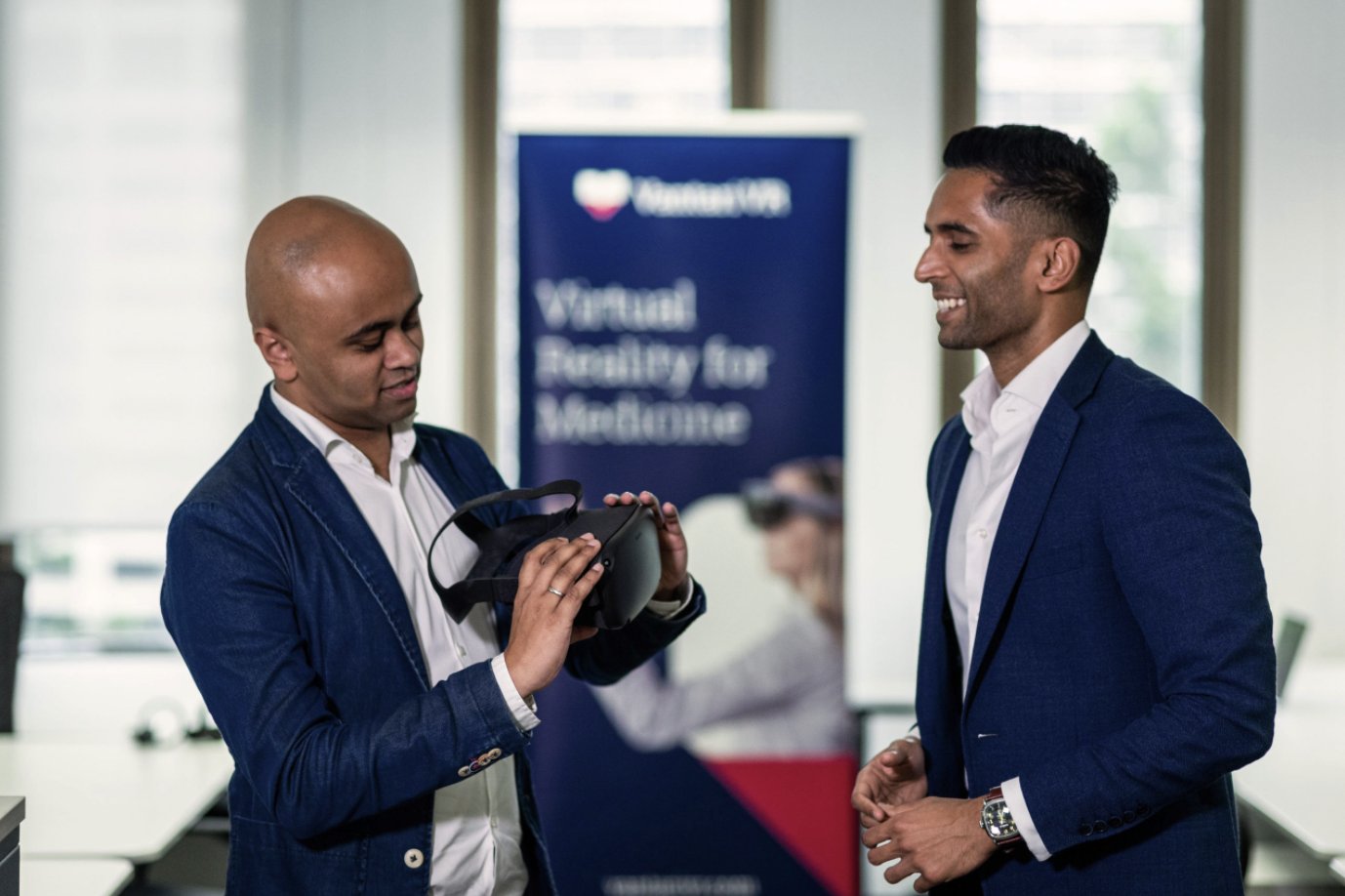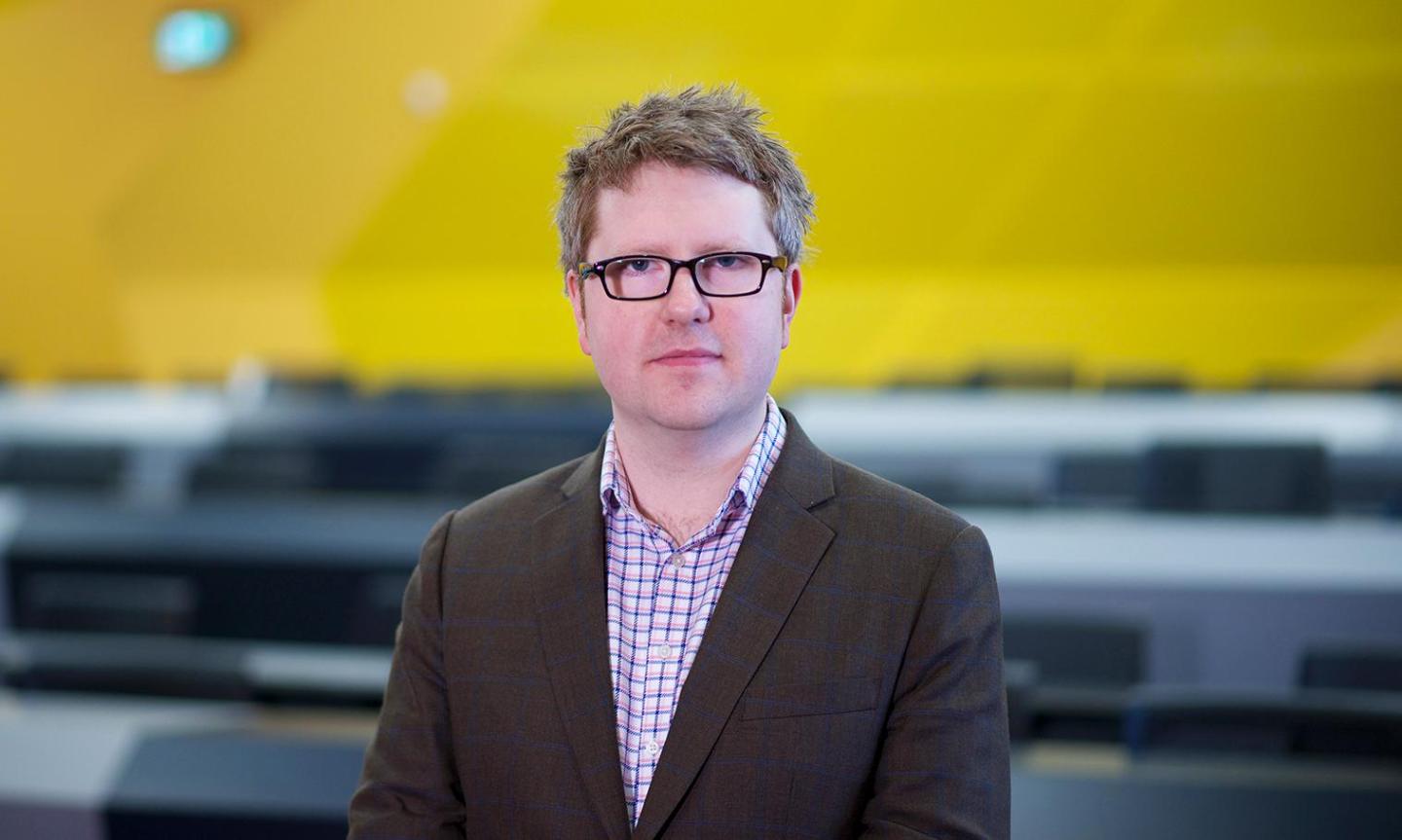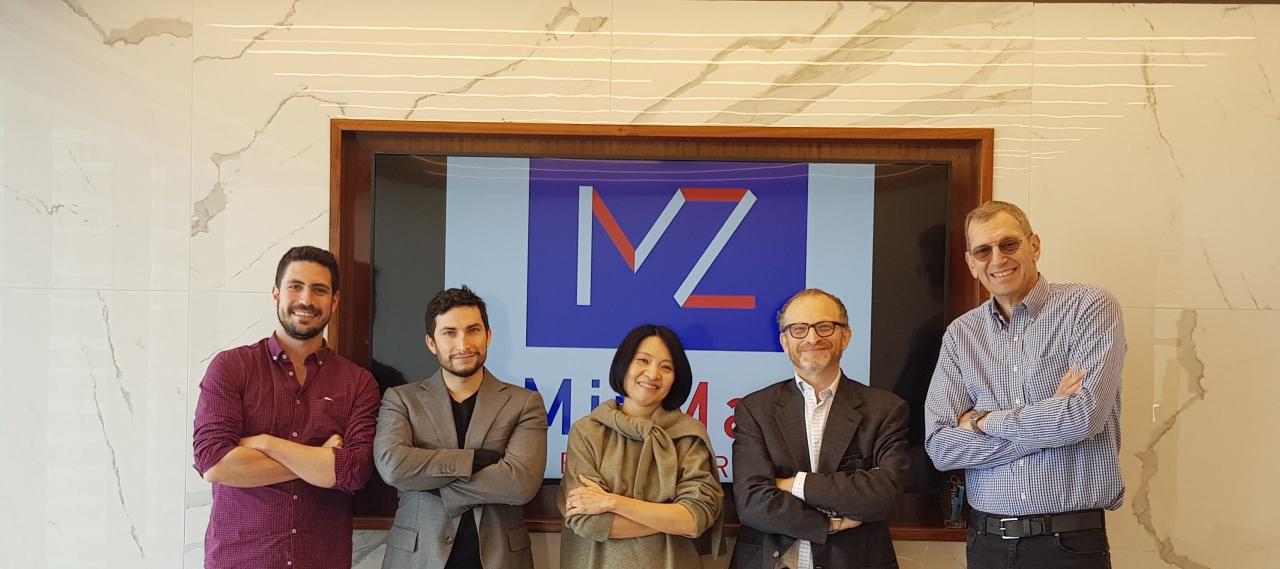Trevaskis identifies keys to partnering with innovative health tech businesses
FINDING strategic alliances between businesses, especially in the medical technology sector, is more crucial than ever for innovation, according to industry experts.
These relationships, which foster innovation, share common values, and embrace open communication, are essential for growth.
In today’s business landscape, the ability to establish and maintain advantageous collaborations – be it connecting with industry specialists for a specific project or looking for something more long-term – provides organisations with a substantial competitive advantage.
“We believe that successful alliances in the medical technology industry start with a shared vision and a deep commitment to improving patient outcomes,” Device Technologies Group CEO, 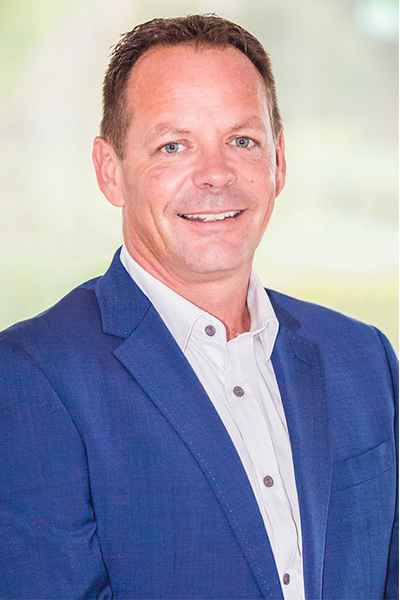 said.
said.
“By aligning our purpose and values with our suppliers, and fostering open communication and mutual respect, we create a collaborative environment that drives innovation and delivers transformative solutions that enhance healthcare outcomes.”
The world’s most advanced medical technology coupled with best-in-class education and customer service paves the way towards enabling superior health outcomes for patients.
Mick Trevaskis has thought long and hard about the subject and he offers three keys to collaborating with innovative medtech businesses:
SHARED VISION AND VALUES
The most crucial aspect of finding the right business to collaborate with is having compatible values and a shared vision. A successful business relationship is built on being transparent about mutual expectations and the overall impact each side will have on the other’s business.
This alignment ensures reasonable goals and establishes a solid foundation for collaboration. In the medech sector, organisations that are committed to delivering innovative healthcare solutions will have a strong reason to collaborate with a versatile distributor, which also shares a dedication to technology advancements and patient-centric care.
CREATING AN OPEN COLLABORATIVE ENVIRONMENT
Working collectively, instead of individually, is another determining factor in fostering successful relationships within businesses by encouraging open communication and collaboration.
This environment should welcome the exchange of ideas, feedback, and resources essential for growth and innovation, emphasising the benefit of information sharing, learning from each other, and true collaboration rather than having a traditional one-dimensional supplier relationship.
By nurturing an inclusive and shared culture, businesses can leverage collective strengths to overcome challenges and drive impactful solutions.
THINKING LONG-TERM
To establish a strong relationship, businesses must prioritise trust, transparency, and mutual respect. Planning for the long-term encourages steady growth and creates a solid foundation, able to navigate market changes and industry shifts.
Thinking long-term generally creates a better environment for information sharing and establishing a rhythm of working together.
Companies that swiftly adopt new technologies and proactively stay ahead of industry trends can gain substantial advantages by boosting efficiency, creating fresh value propositions, and accessing previously untapped markets.
While short-term relationships have their place, the argument for long-term business thinking is compelling, offering a strategic advantage for superior performance and sustainable growth, particularly in project-based work where continuity and collaboration will often bring stronger outcomes over time.
Mr Trevaskis said collaborating with innovative medtech businesses requires a strategic approach centred on "shared vision, cooperative culture, and long-term relationship building".
Progressive medtech businesses, that are open to collaboration and innovation "position themselves at the forefront of the medtech transformation" driving positive patient outcomes, he said.
ends

 How to resolve AdBlock issue?
How to resolve AdBlock issue? 
